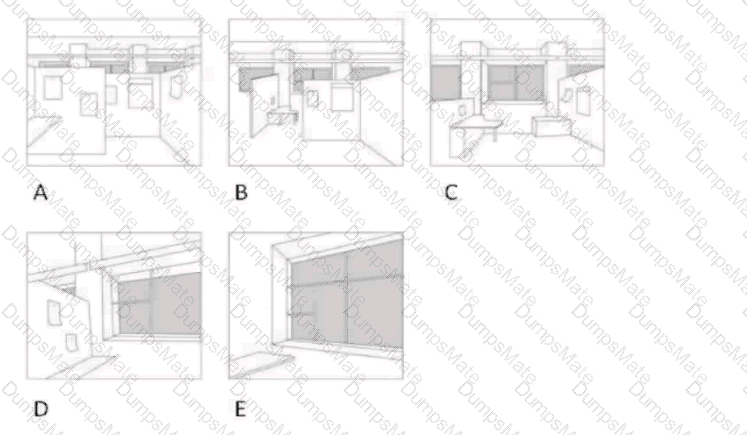The most likely group of documents to support both Indoor Environmental Quality Credit, Thermal Comfort, and Indoor Environmental Quality Credit, Interior Lighting, Option 1. Lighting Control is C, lighting plans, surveys of occupants, sequence of operations.
Lighting plans show the layout and type of lighting fixtures, as well as the lighting controls, such as dimmers, timers, occupancy sensors, or daylight sensors. Surveys of occupants provide feedback on the satisfaction and comfort level of the building users regarding the thermal and lighting conditions. Sequence of operations describes how the mechanical and lighting systems operate and respond to different scenarios, such as occupancy, temperature, or daylight levels.
These documents can demonstrate that the project meets the requirements for both credits, which are:
For Thermal Comfort, the project must design the HVAC systems and the building envelope to meet the requirements of ASHRAE Standard 55-2010, Thermal Environmental Conditions for Human Occupancy, or a local equivalent, and provide individual thermal comfort controls for at least 50% of the individual occupant spaces, and group thermal comfort controls for all shared multi-occupant spaces1.
For Interior Lighting, Option 1. Lighting Control, the project must provide individual lighting controls that enable adjustments to suit individual task needs for at least 90% of the individual occupant spaces, and provide lighting system controls for all shared multi-occupant spaces that allow occupants to adjust the lighting to meet group needs and preferences2.
The other groups of documents are less likely to support both credits, because:
Architectural floor plans, mechanical plans, and lamp specifications do not show the lighting controls or the occupant feedback.
Photometric plans, mechanical schedules, and lamp specifications do not show the thermal comfort design or the occupant feedback.
Surveys of occupants, photometric plans, and mechanical schedules do not show the lighting controls or the thermal comfort design.
[: LEED v4: Building Design + Construction Guide, Indoor Environmental Quality Credit, Thermal Comfort, Requirements1; LEED v4: Building Design + Construction Guide, Indoor Environmental Quality Credit, Interior Lighting, Option 1. Lighting Control, Requirements2, , ]





